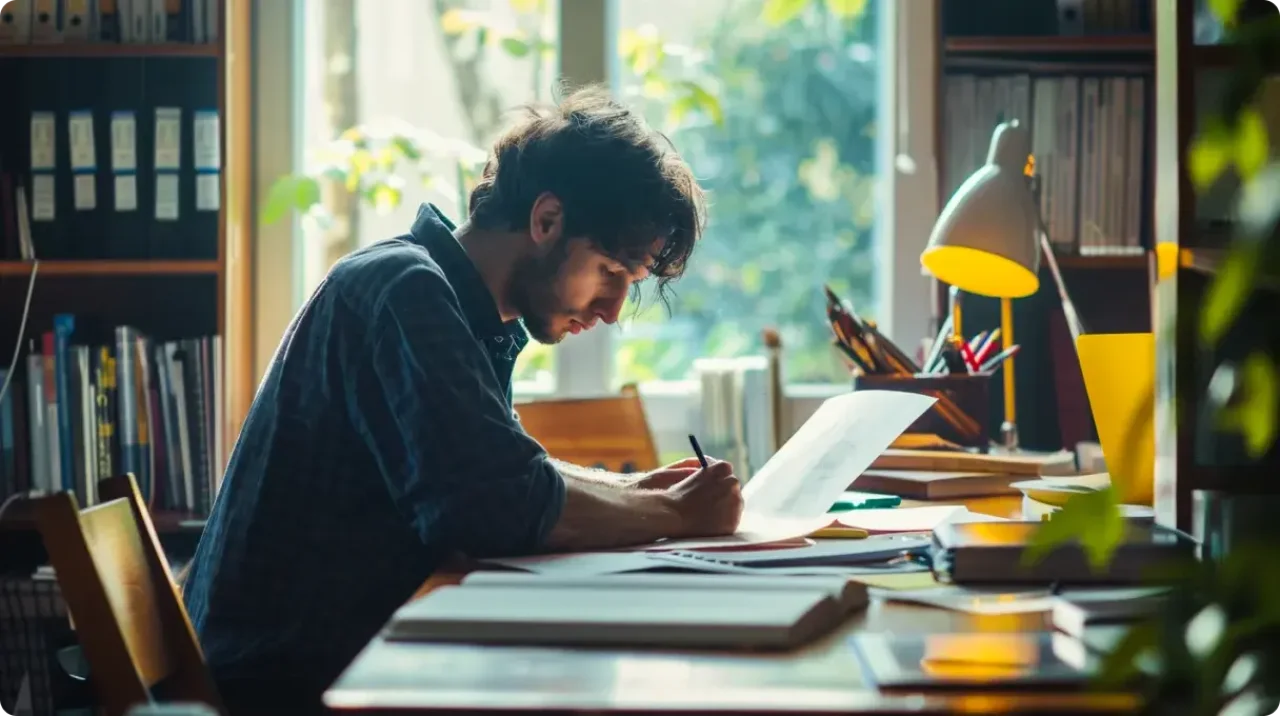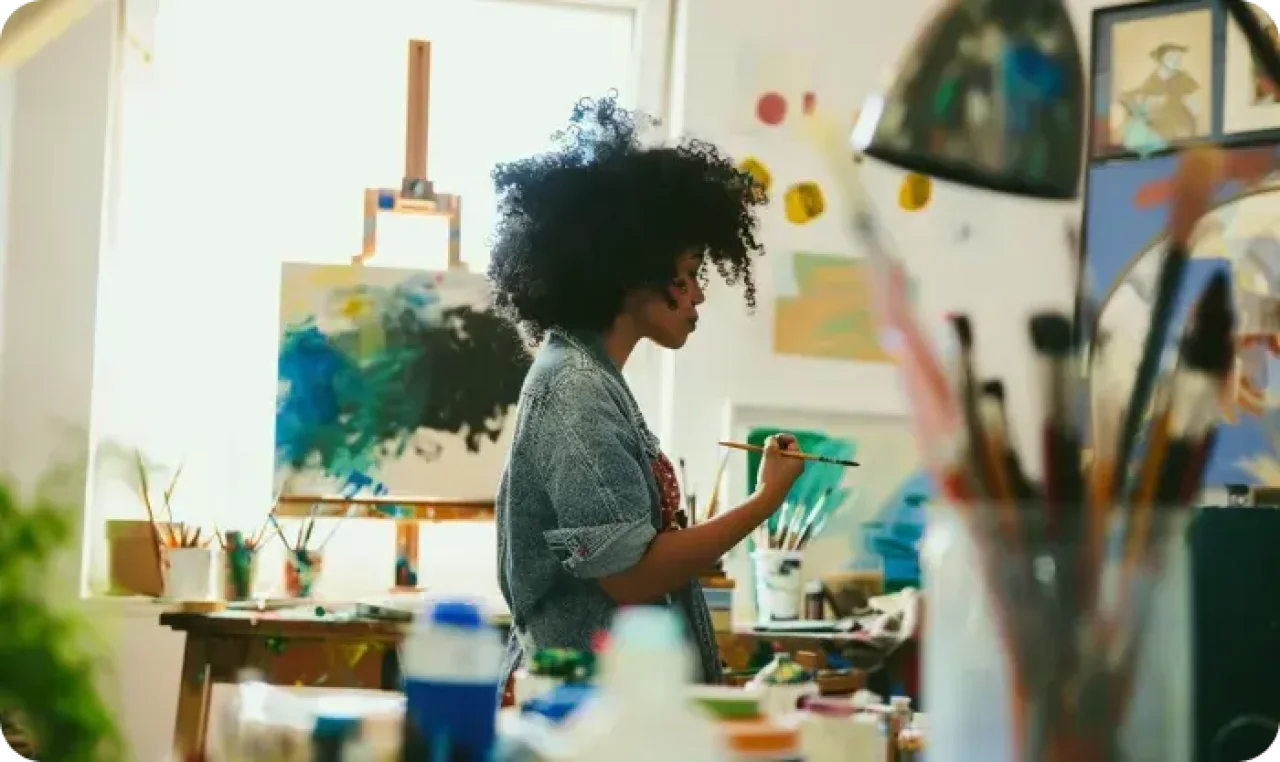Why the Creative Economy is Thriving
Art, entrepreneurship, and technology can shape economies (and culture)

Funding arts startups is difficult, but not impossible. The real trick is to convince an investor that there's money in culture. Luckily, there almost always is

Key Takeaways
1
Economic Impact of the Arts
The arts significantly contribute to both local and global economies. Arts-based entrepreneurial ventures act as vital economic engines, catalyzing cultural tourism, generating revenue, and creating employment opportunities.
2
Challenges and Opportunities
Funding arts startups can be difficult, but it's not impossible. Convincing investors of the economic value of culture is crucial. Successful arts businesses create ancillary job opportunities and foster economic resilience by diversifying local economies.
3
Urban Impact and Gentrification
The influx of the creative class into cities can lead to gentrification, where rising costs push out the very artists who contribute to the city's appeal. However, collaboration between artists and wealthier startups or investors can mitigate this issue and support a thriving cultural scene.
4
Innovative Business Models
New business models, such as crowdfunding and community-based grant allocation, empower artists by providing financial resources and support. Incubators and accelerators offer mentorship, networking, and sometimes seed funding, which are crucial for the early stages of arts startups.
5
Role of Technology
Technology is transforming cultural entrepreneurship, democratizing the creation and distribution of art. Digital platforms and advancements in virtual reality, augmented reality, and artificial intelligence expand artists' reach and offer new forms of engagement. These technologies promise to create a more inclusive, diverse, and vibrant global cultural marketplace.

Get Bizee Podcast
Join us as we celebrate entrepreneurship and tackle the very real issues of failure, fear and the psychology of success. Each episode is an adventure.

